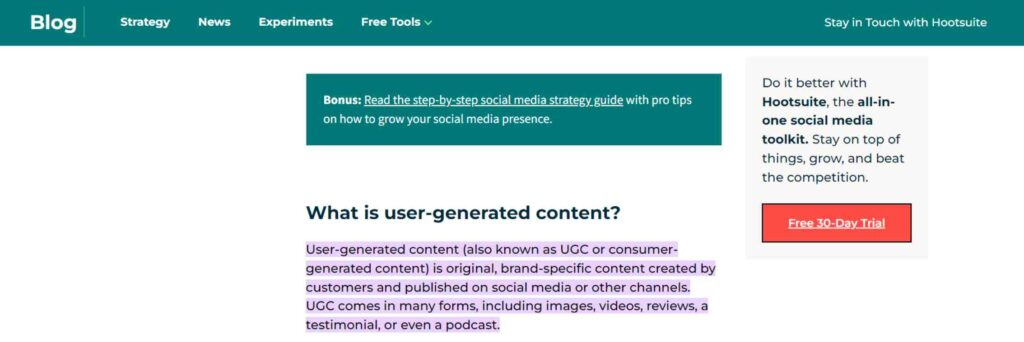If you’ve ever received a notification that said, “This message has graphic content. To access it, please enable graphic content in your settings.” You may ask yourself, “Why does it come that way?”
The ability to view images that are not included in the page’s regular content is what the phrase “enable graphic content” actually means. For example, if you’re viewing a page with a lot of text and want to see an image related to the text, you’ll need to “enable graphic content.” You would be able to see both the text and the image.
If you need help with how to allow graphic content, don’t worry! In this blog, I have covered everything you need to know. Read on why it’s necessary to enable graphic content and its significance.
Table of Contents
Are Images And Graphics The Same Thing?
No, pictures and graphics are not the same things. In contrast to graphics, which are composed of vectors, images are composed of pixels.


1. Image
Visual representations of objects or scenes are called images. It could be presented as a picture, a sketch, or another kind of visual representation. An image is a representation of anything in the real world. can be used to convey a sensation, mood, or notion.
2. Graphics:
Visual data or information are represented through graphics. It could be presented as a graph, chart, or visual display. Graphics are less realistic than images. It can be used to communicate complicated ideas.
What Does “Enable Graphic Content” Mean?
“Enable graphic content” permits the website or application to display content text. The ability to enable or disable graphic content is typically found in your browser’s “Security” or “Content” settings, where it can be changed. If you need help finding where to look for this setting, try looking in the browser’s help section or ask the website’s or application’s support staff for further information.
Although generally safe, you should always use caution when enabling graphic content. Before accessing graphic content, double-check that the website or application is trustworthy. You should also constantly scan for potentially harmful content. Disable visual material or contact the website or application support if you notice something that needs to be corrected.
How To Make Your Browser Enable Graphic Content?
Using graphic content online can significantly enhance the visual appeal of your web browsing. However, if you’re careless, it could also result in some security and privacy problems. Because of this, it’s crucial to only allow visual content in your browser on websites you trust. To allow graphic content in your browser, follow these steps:

- Launch your browser and navigate to the website you wish to visit.
- Open your browser and select the “Preferences” or “Settings” icon.
- Locate the section labelled “Security” or “Privacy” in the “Settings” or “Preferences” box.
- Look for the “Allow sites to run graphics” or “Enable visual material” setting in the “Security” or “Privacy” section.
If you want the changes to take effect after enabling visual content, you should reload the page or restart your browser.
What Are Some Examples Of Graphic Content Warnings?
Social media networks and websites that host user-generated content frequently display warnings about graphic content. The purpose of these alerts is to inform viewers that the content they are going to view might be upsetting or objectionable. Graphic content that contains:

- Child molestation/paedophilia.
- killing or torturing animals.
- suicide and self-injury.
- Eating disorders, body dissatisfaction, and fatphobia.
- Vulgar and hate speech.
- Explicit sexual material.
These disclaimers can guide viewers in choosing whether or not they wish to watch or read something that might distress them.
Conclusion:
Enabling visual content merely means allowing the message’s sender to display graphics text to you. These pictures are usually safe to see. However, you might receive offensive or inappropriate graphic photos from someone.
You can leave the visual content setting disabled if you don’t want to see these images. I hope you find this blog interesting. Please feel free to share your thoughts in the section below.

